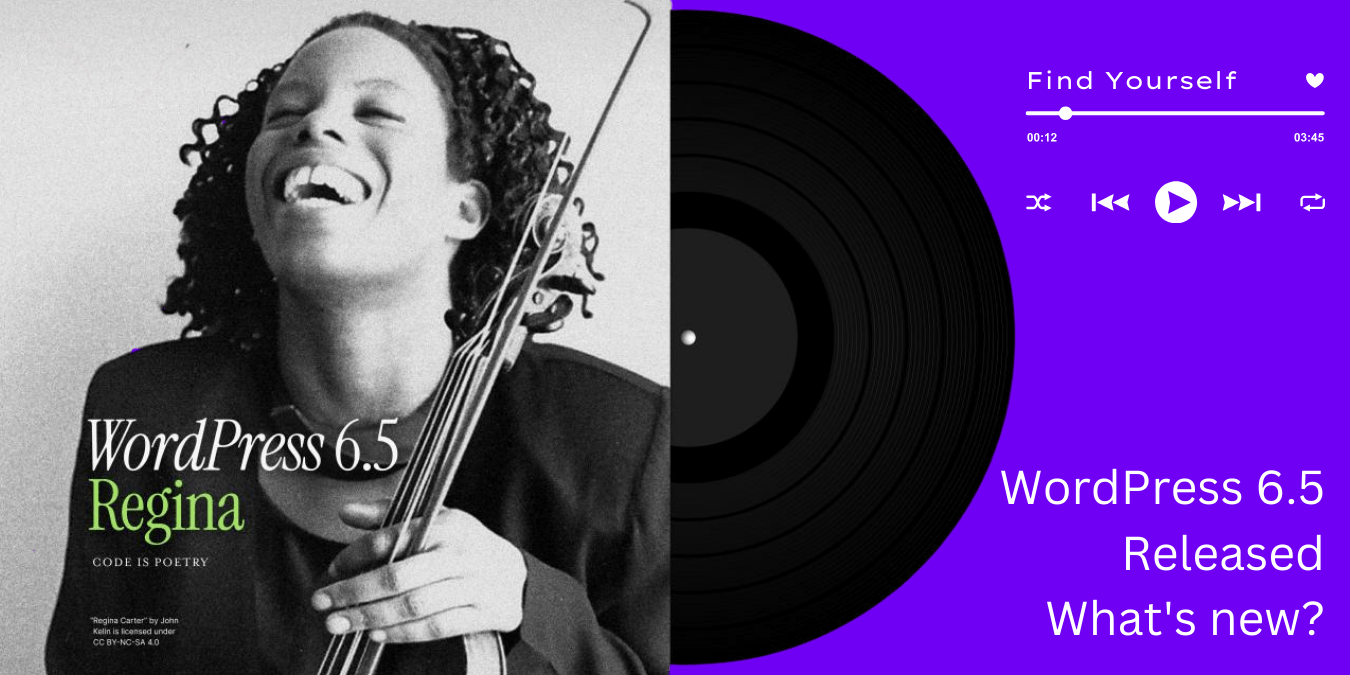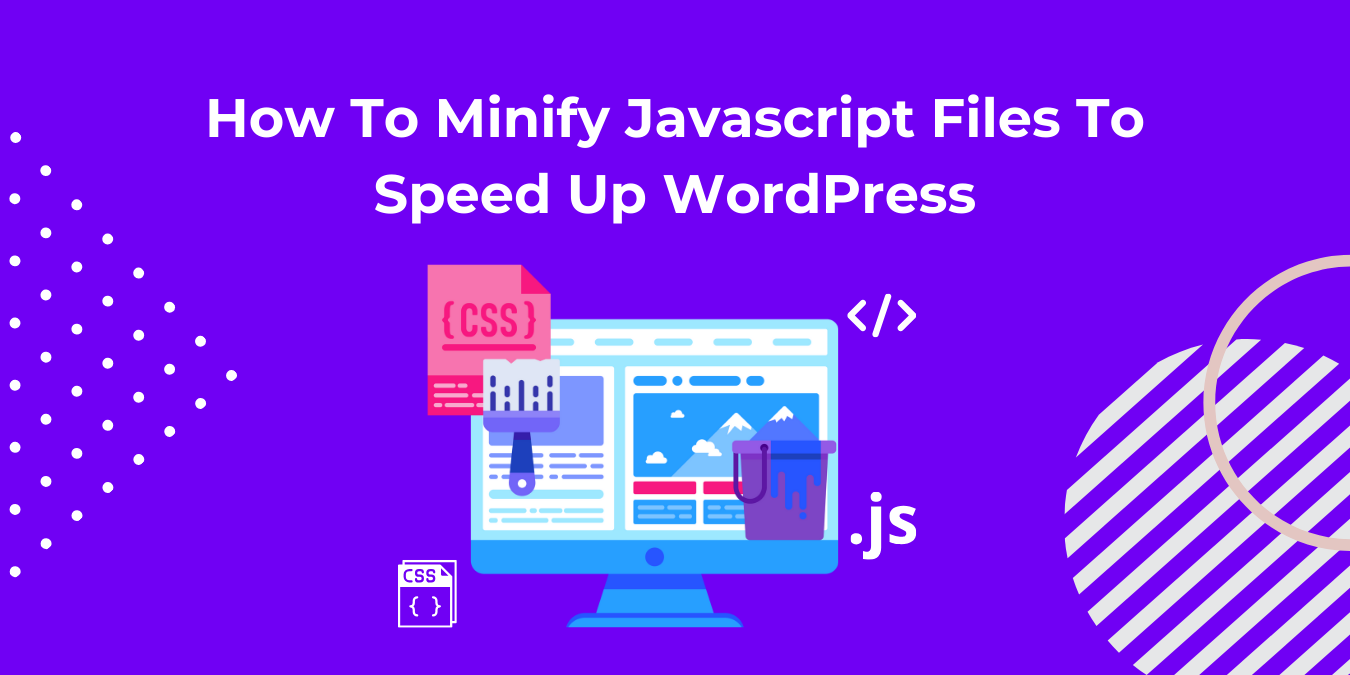In today’s digital landscape, numerous threats can compromise your digital presence and put your sensitive information at risk.
It is essential to stay proactive and take necessary measures to protect your digital assets, including online accounts, social profiles, and websites.
Fortunately, the field of cybersecurity has made great strides in making websites more secure. You now have ample options available, ranging from open-source to premium tools, services, and products designed specifically to enhance the security of your WordPress websites.
These tools offer many features and functionalities, allowing you to implement robust security measures and protect your websites from potential threats.
Why is it Important to Secure a WordPress Website?
Being the most popular CMS, it’s also a top choice for hackers. WordPress websites face an ongoing barrage of threats from different types of attacks.
New vulnerabilities are discovered in plugins, themes, and WordPress every day. Not updating your WordPress website, even for small things, can allow attackers to exploit known vulnerabilities.
Thus, it is crucial to prioritize regular updates to prevent potential security breaches and ensure that your website remains protected against emerging threats.
Installing a security plugin like “All-in-One Security” is undoubtedly beneficial; the primary aim of this guide is to provide you with a detailed checklist to take proactive measures.
These guidelines cover various security aspects beyond just relying on a security plugin, allowing you to ensure comprehensive protection and minimize potential vulnerabilities.
Why Should You Have a WordPress Security Checklist
Checklists are commonly integrated into Standard Operating Procedures (SOPs) as they simplify complex jobs and break down tasks into manageable steps.
By following a checklist, you can streamline your security processes and ensure that no critical steps are overlooked.
A checklist is a valuable document when considering WordPress security. It provides a comprehensive overview of the strength and maintenance of a website’s security measures.
This systematic approach enhances efficiency and provides reassurance that all necessary measures are being taken to maintain the security of your websites.
Common WordPress Security Issues
Staying informed about security is vital to keeping your websites safe. WordPress sites can face various issues, such as hacking attempts, malicious code injections, and even complete website takedowns.
Understanding these common problems helps you mitigate them better. Proactively identifying and addressing these issues can make your WordPress sites safer and protect your online presence.
Here are some common WordPress security issues:
- Outdated Versions: Using obsolete versions of WordPress can leave your website vulnerable to security threats. Regularly update your WordPress core, themes, and plugins to ensure you have the latest security patches. We recommend using Easy Updates Manager; it gives you a central dashboard to easily update and monitor multiple WordPress websites.
- Weak Login Credentials: Weak usernames and passwords make it easier for attackers to gain unauthorized access. Always use strong passwords and usernames that include a combination of upper and lowercase letters, numbers, and special characters. Additionally, consider implementing two-factor authentication for an added layer of security.
- Vulnerable Themes and Plugins: Installing themes and plugins from untrusted sources or neglecting to update them regularly can introduce security vulnerabilities. Only use reputable themes and plugins from trusted developers, and regularly update them to protect against potential exploits.
- Lack of Backup Strategy: Failing to have regular backups can result in data loss during security incidents or website malfunctions. Set up automated backups and store them securely offsite or on cloud storage platforms.
- Insecure File Permissions: Incorrect file permissions can expose sensitive information to unauthorized users. Configure file permissions correctly, ensuring that files and directories are only accessible to those who need access. You can read the official documentation on file permissions for WordPress on WordPress.org.
- Malware and Spam: Malicious code injections, viruses, and spam are common threats to WordPress websites. Install a reputable security plugin that provides real-time scanning and protection against malware and spam attacks. The premium version of All-in-One Security includes Malware scanning and automatically scans for malicious code daily.
- Inadequate User Permissions: Granting unnecessary administrative privileges to users can increase the risk of unauthorized access or accidental misuse. Assign appropriate user roles and regularly review user permissions to ensure the least privilege is given to user roles.
Common WordPress Security Threats and Attacks
WordPress sites face constant attacks, with cyber threats rising in both frequency and complexity. Malicious actors have gone to great lengths, utilizing automated bots and extensive server networks to scan WordPress websites diligently, seeking vulnerabilities to exploit.
By familiarizing yourself with these common attacks, you can better prepare your WordPress site to withstand potential threats and enhance its overall resilience.
- Brute Force Attacks: In a brute force attack, hackers attempt to gain access to your WordPress site by systematically guessing your login credentials. These attacks can be prevented by implementing strong passwords, limiting login attempts, and enabling two-factor authentication.
- SQL Injection Attacks: SQL injection attacks exploit vulnerabilities in your website’s database queries, allowing attackers to manipulate or access sensitive data. Protect your site by using data validation across any input forms that you have on the WordPress website.
- Cross-Site Scripting (XSS) Attacks: XSS attacks involve injecting malicious scripts into your website’s code, which can lead to unauthorized activities or even compromise user data. Avoid this by sanitizing user inputs, using security plugins like the All-in-One Security plugin that blocks suspicious scripts, and regularly updating themes and plugins to address known vulnerabilities.
- Malware Infections: Malware can be injected into your WordPress site through compromised themes, plugins, or infected files. To prevent malware infections, regularly update your WordPress core, themes, and plugins, and install a reputable security plugin that offers scanning and malware removal capabilities.
- Denial-of-Service (DoS) Attacks: DoS attacks overload your website’s server with bot traffic, making it unavailable to legitimate users. Protect against DoS attacks by implementing firewalls, caching plugins, and utilizing a content delivery network (CDN) to distribute traffic.
- Phishing Attacks: Phishing attacks deceive users into providing sensitive information by posing as legitimate entities. Stay vigilant by educating your users about phishing attacks, using SSL certificates for secure communication, and regularly monitoring your website for suspicious activities.
- File Inclusion Exploits: File inclusion exploits allow attackers to execute malicious code on your site by exploiting vulnerabilities in file inclusion functions. Keep your site secure by incorporating input validation, employing file inclusion protection measures, and staying up to date with security best practices.
The Basic WordPress Security Checklist
We have categorized the checklist into two sections: Basic and Advanced. It is important to note that every item on both checklists holds significant value and should not be disregarded.
It is essential to diligently go through these checks for all your WordPress websites.
- Keep everything updated.
- Use strong login credentials.
- Limit login attempts.
- Use 2FA on the login page.
- Regularly backup your website.
- Use secure WordPress hosting.
- Install a security plugin.
- Use an SSL certificate.
The Advance WordPress Security Checklist
The following checklist provides steps to enhance the security of your WordPress website and fortify it against a range of potential attacks.
We strongly recommend incorporating these measures into your regular practices to ensure ongoing protection.
- Set appropriate file permissions.
- Regularly scan for malware.
- Limit access to user roles.
- Implement a Captcha.
- Disable XML-RPC.
- Disable REST API if not in use.
- Disable file editing in the WP admin.
- Monitor website activity and logs.
- Use a Web Application Firewall plugin.
- Password protect /wp-admin /wp-login.php URL.
- Log out users after a certain period.
- Disable Error reporting.
- Disable hotlinking.
More Considerations for WordPress Security
Apart from our basic and advanced WordPress security checklist, we have listed some additional considerations for improving WordPress security.
- Change database prefix.
- Change the WordPress login URL.
- Remove the WordPress version from the site code.
- Unlink WordPress registration and login URL.
- Disable user registration on the site.
- Remove unwanted plugins and themes.
- Blacklist attacking IPs.
- Download themes and plugins from trusted sources and companies.
- Update WordPress Salt keys.
Where Should You Start with WordPress Security
As previously mentioned, a wide range of companies offer security services and products. Some of the top recommendations for WordPress security plugins are
- SolidWP
- WP Security Ninja
- Astra Security
- Malcare
- Patchstack
- WordFence
- All in one Security
- Sucuri
You can find more solutions during your research to secure your WordPress website. We recommend that you utilize the checklist we have mentioned in this article and improve the security of your WordPress websites.
Without proper precautions, you will leave your WordPress website vulnerable to various types of attacks aimed at WordPress.



